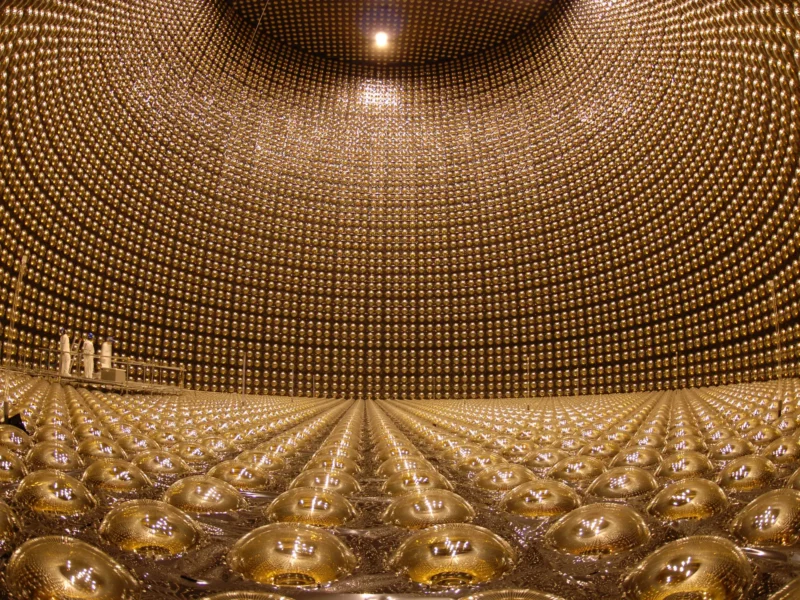-
 chevron_right
chevron_right
Decades later, John Romero looks back at the birth of the first-person shooter
news.movim.eu / ArsTechnica · Monday, 24 June - 11:00

Enlarge (credit: Aurich Lawson | Id | GDC )
John Romero remembers the moment he realized what the future of gaming would look like.
In late 1991, Romero and his colleagues at id Software had just released Catacomb 3-D , a crude-looking, EGA-colored first-person shooter that was nonetheless revolutionary compared to other first-person games of the time. "When we started making our 3D games, the only 3D games out there were nothing like ours," Romero told Ars in a recent interview. "They were lockstep, going through a maze, do a 90-degree turn, that kind of thing."
Despite Catacomb 3-D 's technological advances in first-person perspective, though, Romero remembers the team at id followed its release by going to work on the next entry in the long-running Commander Keen series of 2D platform games. But as that process moved forward, Romero told Ars that something didn't feel right








